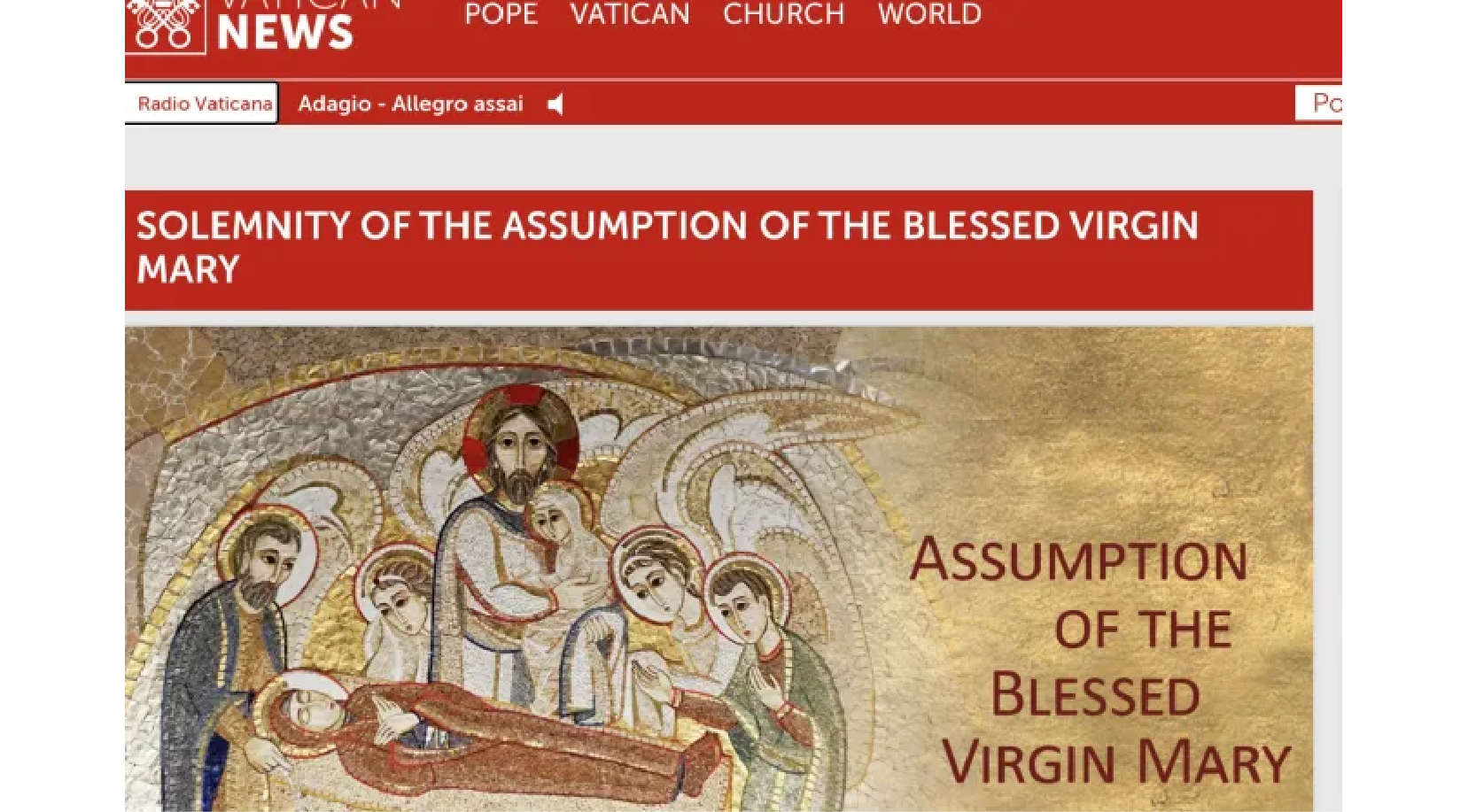(ZENIT News / Rome, 19.08.2024).- The Vatican is facing a growing controversy for continuing to exhibit the works of art of Marko Ivan Rupnik, a former Jesuit priest, accused of sexual abuse, notwithstanding victims’ request and that of the President of the Pontifical Commission for the Protection of Minors to cease featuring his works.
Recently, a mosaic image by Rupnik appeared in an article published in the Vatican’s Website regarding the Solemnity of the Virgin Mary’s Assumption, which has revived criticisms about the way the Church handles the legacies of figures enveloped in scandals. This isn’t an isolated case: Rupnik’s works continue to appear in articles on Catholic festivities, even after the accusations against him were made public at the end of 2022.
The victims of abuse and their defenders have expressed their indignation, pointing out that the continuing exhibition of Rupnik’s works sends an insensitive message to those that have suffered. In June of this year, Cardinal Sean O’Malley, President of the Pontifical Commission for the Protection of Minors (PCPM) — an official Holy See body –, urged Vatican offices to avoid exhibiting works that could be perceived as a defense or exoneration of those accused of abuse.
Added to the controversy is a recent video broadcast by an Argentine public station, showing a Rupnik work hanging in Pope Francis’ personal apartment in the Santa Marta Residence. The image, which represents a sleeping Saint Joseph and an Angel, appeared in a room where the Pope met with Anita Fernández, granddaughter of a victim of the military dictatorship in Argentina. This discovery suggests that, despite the accusations, Rupnik’s works continue to be valued in the Pontiff’s closest environment.



